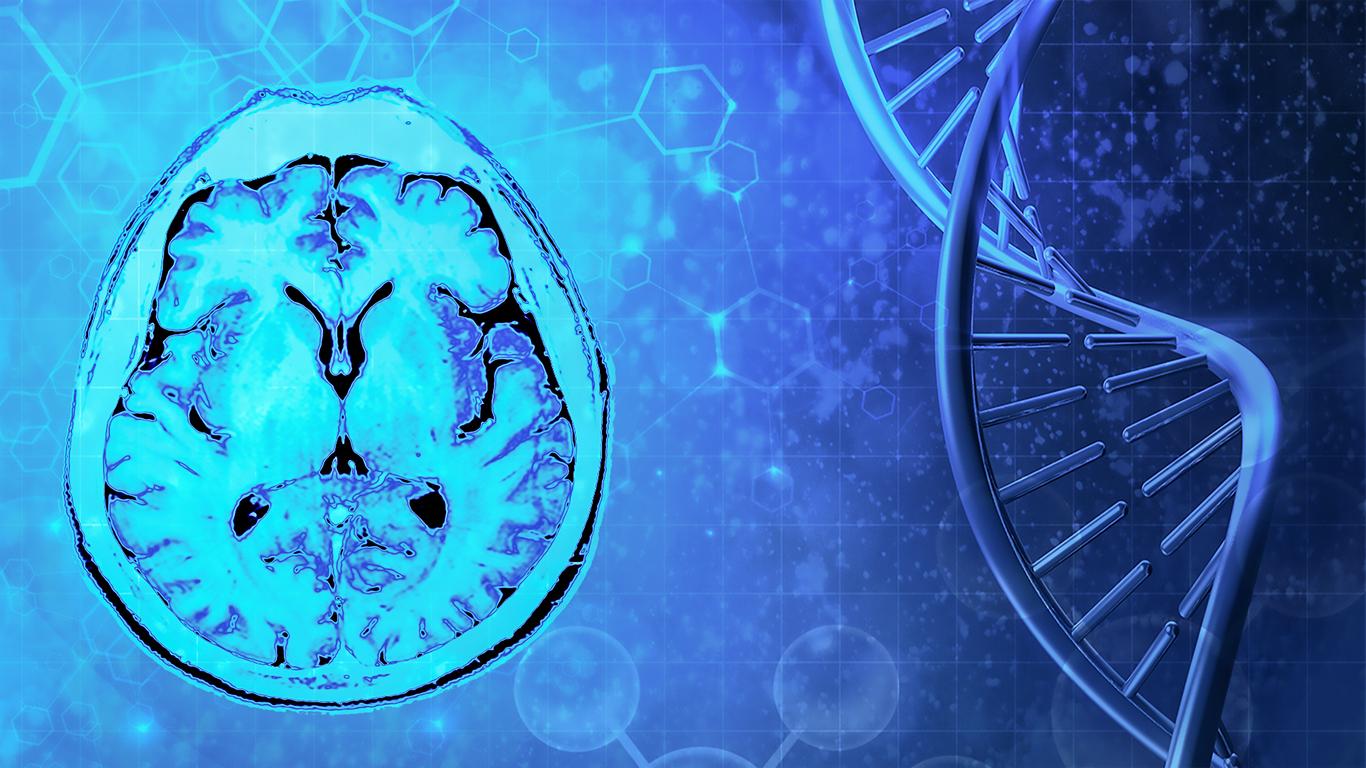Contrary to what many scientists have shown in the past, children’s brains do not thin out that much as they develop, a new study claims. Rather, an increase in myelin skews gray matter measurements.

The human brain has always been the subject of various and varied studies. In the past, many researches have shown that certain regions of the cerebral cortex become thinner as children develop. According to some scientists, they can lose nearly 1 mm of gray matter in adulthood, without knowing exactly why. However, according to a new study published on September 23 in review PNAS, the brain would not thin out that much. Rather, it would seem that an increase in myelin, the fatty sheath that insulates nerve fibers allowing faster neurotransmission, distorts the measurements.
It is by examining the brains of adults and children using a state-of-the-art quantitative MRI (QMRI) technique that researchers from the University of Stanford in California (United States) and the Max Plang Institute for Cognitive and Brain Sciences in Leipzig (Germany) have done this. In detail, myelin is the “white” of the white matter. While its increase is a good thing, it can skew estimates of cortical (gray matter) thickness. Thus, if myelination increases as the brain develops, the boundary between white and gray matter may be obscured and the latter underestimated.
“Critically, our study underscores the importance of multimodal measures of micro-structural and morphological changes in brain tissue in child development. As the increase in myelin during development alters gray matter contrast -white in MRIs, our data suggest that this results in apparent cortical thinning,” the researchers note.
Wide implications
Ultimately, these discoveries could have significant repercussions. Indeed, decades of research will need to be re-examined. In particular, there are numerous studies showing that the thickness of the cortex changes when learning new skills. It will therefore be necessary to determine whether myelination also plays a role.
“As apparent cortical thinning is ubiquitous in childhood and throughout life, our data have key ramifications for understanding typical and atypical brain development, as well as clinical conditions involving myelin and morphology,” note Researchers. Because the degradation of myelin can lead to diseases such as multiple sclerosis, an inflammation that attacks the central nervous system. State-of-the-art measurement techniques such as IRMQ would therefore ultimately improve the detection, monitoring and treatment of afflictions of this type.
Many studies are regularly carried out about gray matter in children. A few years ago, researchers had discovered in particular that child abuse caused damage to areas cerebral varied also affecting cognition. “Child abuse acts as a stressor and produces a cascade of physiological and neurobiological changes that lead to lasting alterations in brain structure,” the researchers explained.

.

















